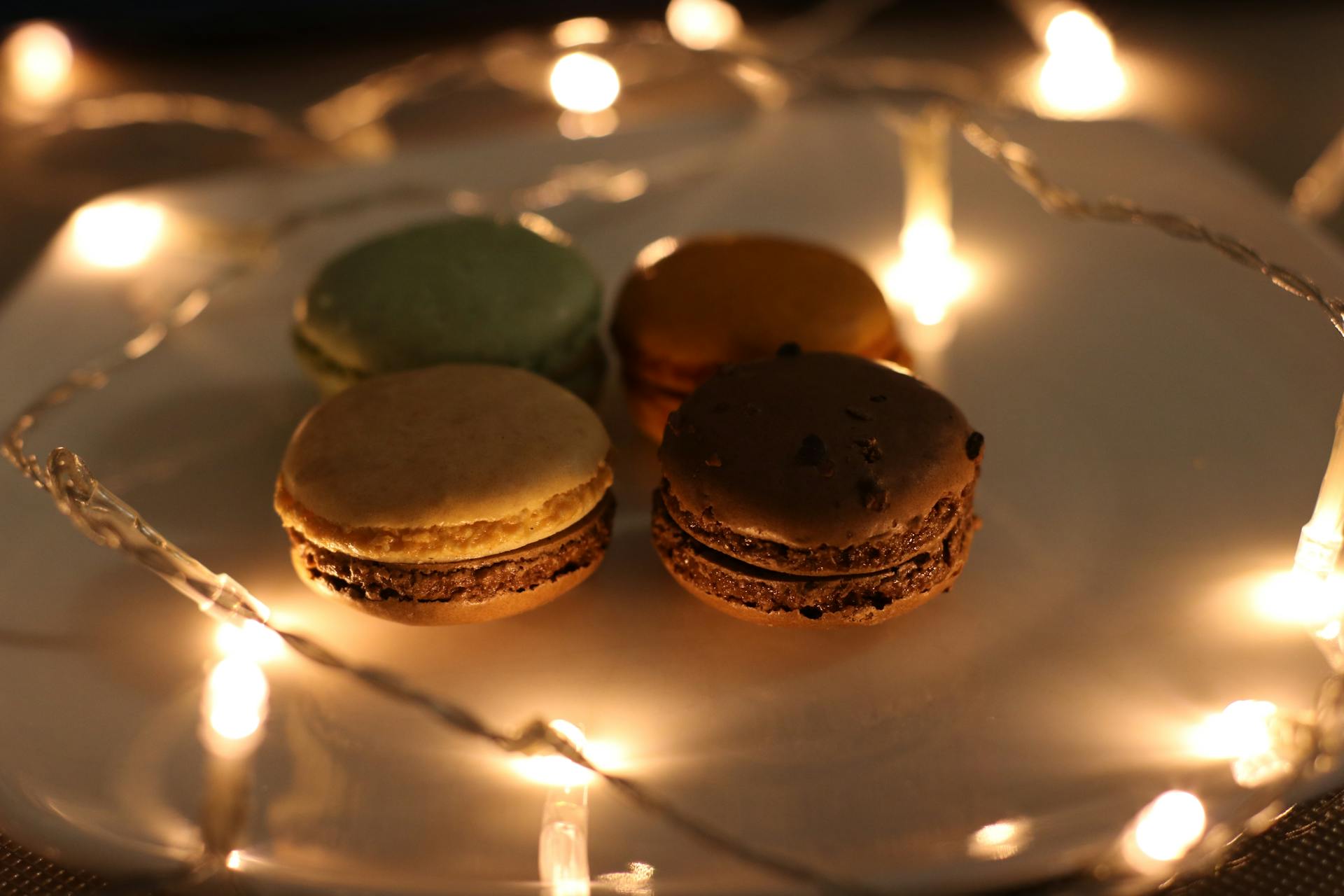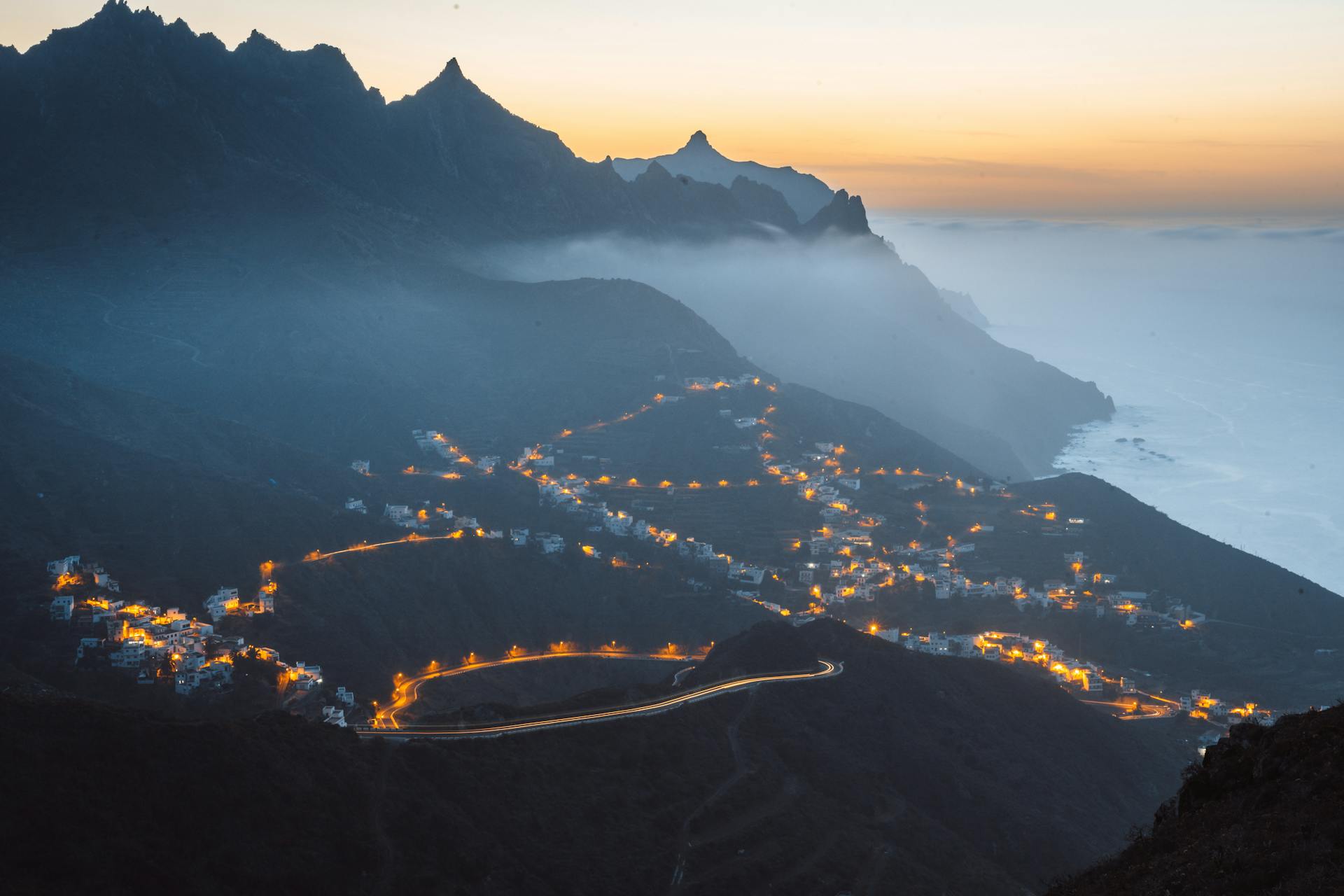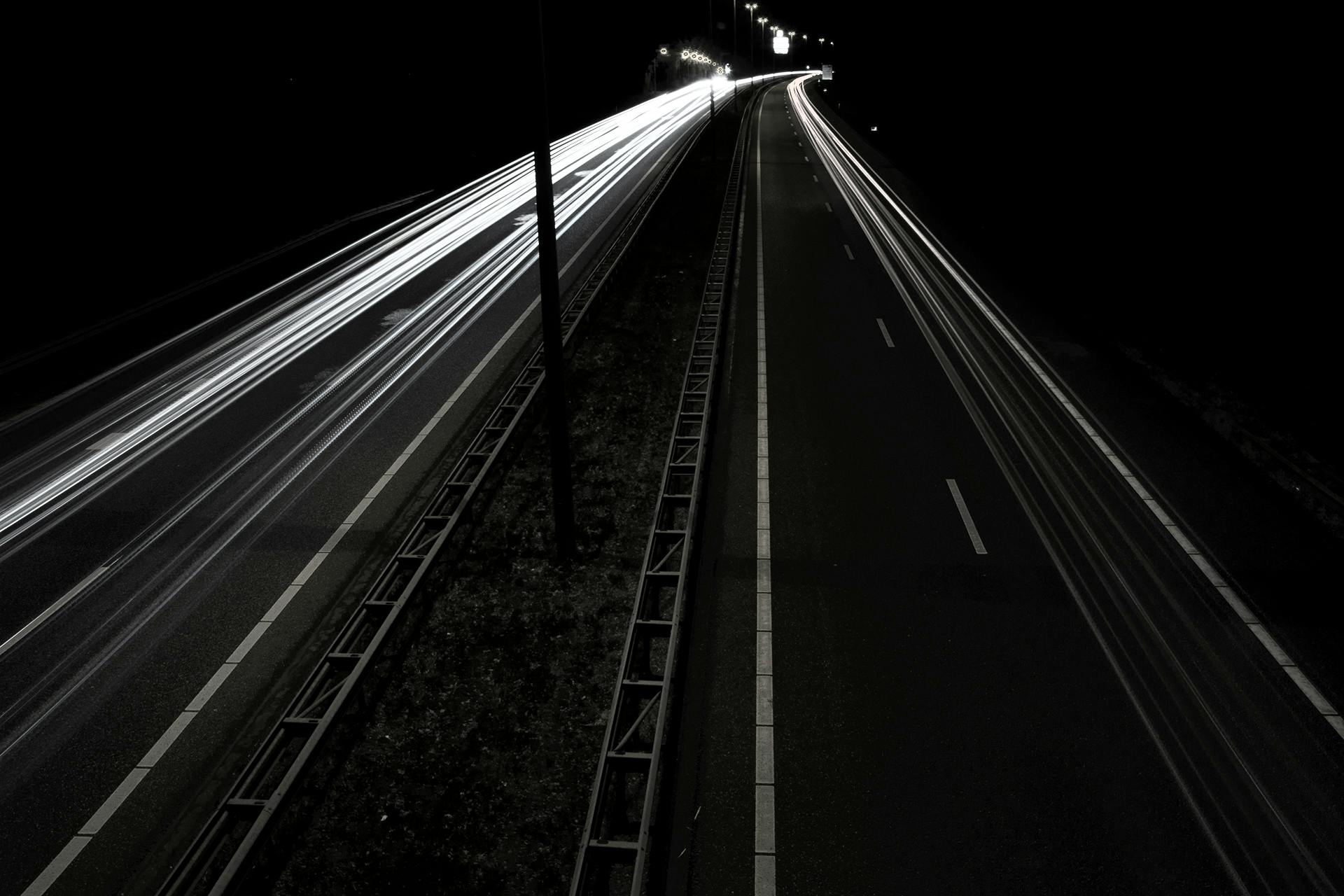
Have you ever seen a photo where someones hair turns into the leaves of a tree or a city skyline blends with the silhouette of a person? These stunning images are examples of the art form known as double exposure photography. In this article, I'll focus on both film photography and digital cameras and provide a quick guide to help you make double exposures in creative ways.
Double exposure photography has been around since the early days of film photography, but advancements in digital cameras have made it easier than ever to create these unique images. Whether you prefer Photoshop or shooting with film, there are endless possibilities for creating stunning double exposures.
In this article, you'll find tips and tricks for making double exposures, including how to properly expose your images and creative ways to use multiple exposures to tell a story or add depth to your final image. So let's dive into the world of double exposure photography and discover how you can take your photos to the next level!
A different take: Dark Long Exposures Made Simple
Master the Art of Double Exposure Photography Like a Pro!
Double exposure photography refers to combining two or more images into one, creating an amazing technique that has been around since film photography. Modern digital cameras make photography double exposure techniques simple, but back in the 35mm film days, taking multiple exposures with film cameras was a bit difficult. It involved taking an entire roll, rewinding it and then reloading it into the camera for the second set of exposures.
Double exposure photography can be a bit complicated because of the randomness involved, but with practice and patience, you can achieve successful results. One slightly easier way to create double exposures is by using in-camera double exposure settings on your modern camera or toy cameras like Lomo Camera. You can also experiment with multiple exposure photography by taking random shots, and layering them together to create final images.
If you're looking to try out this fun idea yourself, flea markets are great places to find old film rolls at fairly good prices. Keep in mind that these rolls may be expensive depending on whether they are black & white film or color. With a bit of creativity and practice, you too can master double exposure photography like a pro!
On a similar theme: Lightroom Tutorial 20 Create
Unveiling the Concept of Exposure Latitude
Exposure latitude is the range of light that a light-sensitive material can capture and still produce an acceptable result. In double exposure photography, this concept becomes even more important since two images are being captured on the same frame. Understanding how much light your camera can handle and adjusting your settings accordingly will help you achieve the desired effect without overexposed or underexposed images.
Additional reading: Low Light
Which Camera is Perfect for Me?
If you are interested in double exposure photography, choosing the right camera can make your life easier. Film photographers should look for cameras that have a multiple exposure button or a shutter cocking lever to create multiple frames without having to advance the film manually. The Canon AE-1, Pentax K1000 and Nikon F2 are great options for those who prefer older manual cameras. These cameras have a film rewind button and allow you to simultaneously advance the film while keeping the films position unchanged.
Modern cameras with fancy tech also have coupled film advance systems that allow you to create beautiful double exposures with precise shots. These cameras could be a great place to start shooting if you want to experiment with double expose photography. However, keep in mind that these cameras might not offer you as much control over the original image compared to older manual cameras.
Whatever camera you choose, remember some basic rules when taking double exposures: don't pull the entire roll reload when creating double exposures, be aware of films position and make sure to take awesome reels that can be shared on social media. With patience and practice, anyone can learn how to make double exposure photography an easier process and create breathtaking images that stand out from the crowd.
Readers also liked: Create Fantastic Light Orb Images
Experience Captivating Visuals with Double Exposure Images
Double exposure photography is for those who are brave enough to experiment with cool images layering. This technique involves overlaying two or more images to create a single, unique composition that merges different elements into one. The result is an image that shows two completely separate subjects combined into one seamless image that creates clever visual interactions.
If you're looking for a new approach to your photography, double exposure is the way to go. It's not just about putting two images together - it's about finding the right combination of photos that fit perfectly and create something entirely new. So why not try this experimental approach and see what kind of captivating visuals you can come up with?
How to Create a Double Exposure In-Camera

Double exposure photography is a popular technique that involves combining two or more images into one. While this used to be done in the darkroom, modern digital cameras now make it easy to create double exposures in-camera. Many digital cameras have a built-in feature that allows you to overlay multiple images on top of each other, giving you creative control over the final product.
To access the double exposure feature, consult your owners manual or do some quick research online. You'll find that many Canon, Olympus, and Fujifilm cameras offer this unique advantage to their users. Once you've selected the double exposure feature, simply take your first photo and then line up your second shot using the visible place on the LCD screen. The camera will then combine the two images into one.
One important thing to keep in mind is that creating a double exposure will overwrite any previous images on your memory card. So if you want to keep both the original photos and the combined image, make sure to save them separately. With this choice unusually available with a simple click of your camera button, credit Ana Mireles for popularizing the technique and showing us all how beautiful double exposures can be.
Intriguing read: Iphone Camera
1. Step 1: Plan your image
Double exposure photography is a fun experiment that gives free rein to your creativity. Before taking your shot, you need to plan the main element of your composition. Whether it's an ever-popular silhouette or a lunar eclipse, make sure you have a clear vision of what you want to achieve. Some great artists like Brandon Kidwell, Andres Gallardo, and Thomas Barbey have mastered this technique by carefully composing exposures that blend seamlessly into surreal worlds.
To create a successful double exposure, it's essential to choose highly contrasted scenes that will emphasize your subject. Architectural photography can be an excellent source of inspiration for personal series exposures. Remember that double exposures are not just about overlaying two images; they're about creating a new creative work that transcends reality. So take your time and plan carefully before experimenting with in-camera double exposures.
2. Step 2: Set the double exposure feature
To start shooting your very own double exposure image, you'll need a Canon camera that has the multiple exposure feature. Here's how to find it: first, locate the fourth tab in your camera settings menu. Then, scroll down until you see "multi-expos ctrl." Once you've selected this option, your camera adjusts its settings to enable the double exposure feature.
Now that you've enabled this feature, you have two options for creating your double exposure effect. The additive model adds the two exposures together while the average mode calculates an average of both images. If your images are overexposed or underexposed, you may need to compensate manually. However, once you've found the right settings, there are endless possibilities to experiment with and create unique and beautiful images. So go ahead and overlap Canon's capabilities by continuing with mult-exp and choose continuously or select one image and choose 1 shot to add more variety to your memory card!
A fresh viewpoint: Canon Rf 100mm Macro Master
3. Step 3: Take the first picture
When it comes to double exposure photography, taking the first picture is crucial. Let's assume you're taking a portrait of someone and want to overlay it with an image of nature. The first step is to take the portrait shot and save it on your SD card. Now, before moving on to the next step, there are a few things you need to keep in mind.
Firstly, choose the correct metering mode that suits your subject and lighting conditions. Secondly, if you're using a film camera, remember to set the multi-exposure control so that it stops depending on how many exposures you want to blend together. Finally, make sure the darkest part of your subject is placed in an area where it won't interfere with the second shot. By following these simple steps, you'll be on your way to creating stunning double exposure images.
For your interest: 10 Street Portrait Photography Tips
4. Step 4: Take the next photo
Once you have captured your first image, it's time to take the next one. Before you do so, make sure to adjust your camera settings accordingly to ensure that both photos will blend together seamlessly. Check the live view of your camera to see if the exposure is correct for the current light conditions.
Taking multiple exposures can be tricky, but with a little practice, anyone can make double exposure photography. Remember to always pay attention to the light conditions and adjust accordingly. With each photo you take, you'll be one step closer to creating an amazing double exposure image that will leave everyone in awe.
Related reading: Ring Light
Stay in the Loop with Our Newsletter!
Are you interested in double exposure photography? Do you want to learn more about this creative technique and how it can be used in film photography? Then sign up for our newsletter! Our newsletter is the perfect way to stay up-to-date on all things related to double exposure photography, including tips and tricks, tutorials, and even film photography sales. Don't miss out on this opportunity to expand your knowledge and improve your skills!
Take a look at this: Long Exposure Photography
Final Words on Multiple Exposure Photography
In conclusion, double exposure photography is a creative way of capturing striking images with multiple exposures. This technique may seem complicated, but it is surprisingly straightforward once you get the hang of it. As mentioned in this article, it is possible to create double exposure photos using just your camera's feature sitting.
We hope that our readers have gained valuable insights into the world of double exposure photography through our comments, experiences and recommendations. We encourage everyone to share their own comments and experiences in the comments section below.
Lastly, we recommend that aspiring photographers invest in the 8 essential tools for double exposure photography. These include a sturdy tripod, a remote shutter release, and an excellent image editor. With these tools at hand, anyone can become a professional photographer with stunning double exposure photos to show for it! And for those interested in purchasing these tools, our recommended online store includes limited-time discounts that you won't want to miss out on!
For another approach, see: Home Photography Idea Powerful Photos
1. Leave a Comment
If you have ever come across a photograph that shows two images superimposed on top of each other, then you've seen double exposure photography. This technique involves taking two different images and merging them together to create a unique and artistic final product.
Double exposure photography requires a skilled photographer who understands how to manipulate light and composition in order to create stunning results. The process can be done both in-camera or through editing software like Photoshop. If you're interested in trying this technique out for yourself, be sure to experiment with different subjects, lighting, and angles to get the best possible results. Leave us a comment below if you have any questions about double exposure photography or if you have any tips for others who want to try it out!
Uncovering the Contrasting Shades of Light and Shadow

Double exposure photography is a technique where two images are overlaid on each other to create a single, unique image. This used to be done using conventional film multiple exposures, but with the increased computing power of modern DSLRs, you're no longer limited to just the average options effectively. With optional exposure adjustment and taking pixels from both source images, you can create something truly special.
By overlaying images in this way, you can select dark trees and brighter parts of a scene to create a subtle version of the original. The brightness values of the images are combined so that the darkest pixels win out in creating shadows while the brightest come together for highlights. Whether you choose bright mode or dark mode, there's always an opportunity to experiment with these contrasting shades.
Simply adding one image over another isn't enough; it takes time and patience to get it right. But once you do, double exposure photography can produce some truly stunning results. So try your hand at this technique today and see what kind of interesting and unique image you can create by bringing light and shadow together in one shot!
Frequently Asked Questions
How to take double exposure Pictures in your camera?
To take double exposure pictures in your camera, set your camera to multiple exposure mode and take two or more shots on top of each other. Adjust the opacity of each shot to get the desired effect.
How to create digital Double Exposure Portraits?
To create digital double exposure portraits, use photo editing software to overlay two images on top of each other with transparency and blending modes. Experiment with different images and adjustments until you achieve the desired effect.
Can you do double exposures with a 35mm film camera?
Yes, double exposures can be done with a 35mm film camera by rewinding the film after the first exposure and then taking a second exposure on the same frame. However, not all 35mm cameras have this feature so it's important to check the manual or do some research before attempting it.
What are the best tips for double exposures?
The best tips for double exposures are to plan your shots in advance, use strong contrast and complementary colors, and experiment with different exposure settings. With practice, you can create unique and visually stunning images.
How to shoot a roll of film twice for double exposures?
To shoot a roll of film twice for double exposures, simply rewind the film after the first set of shots and then reload it into the camera. Make sure to keep track of which frames you've already exposed to avoid overlapping images.
Featured Images: pexels.com


